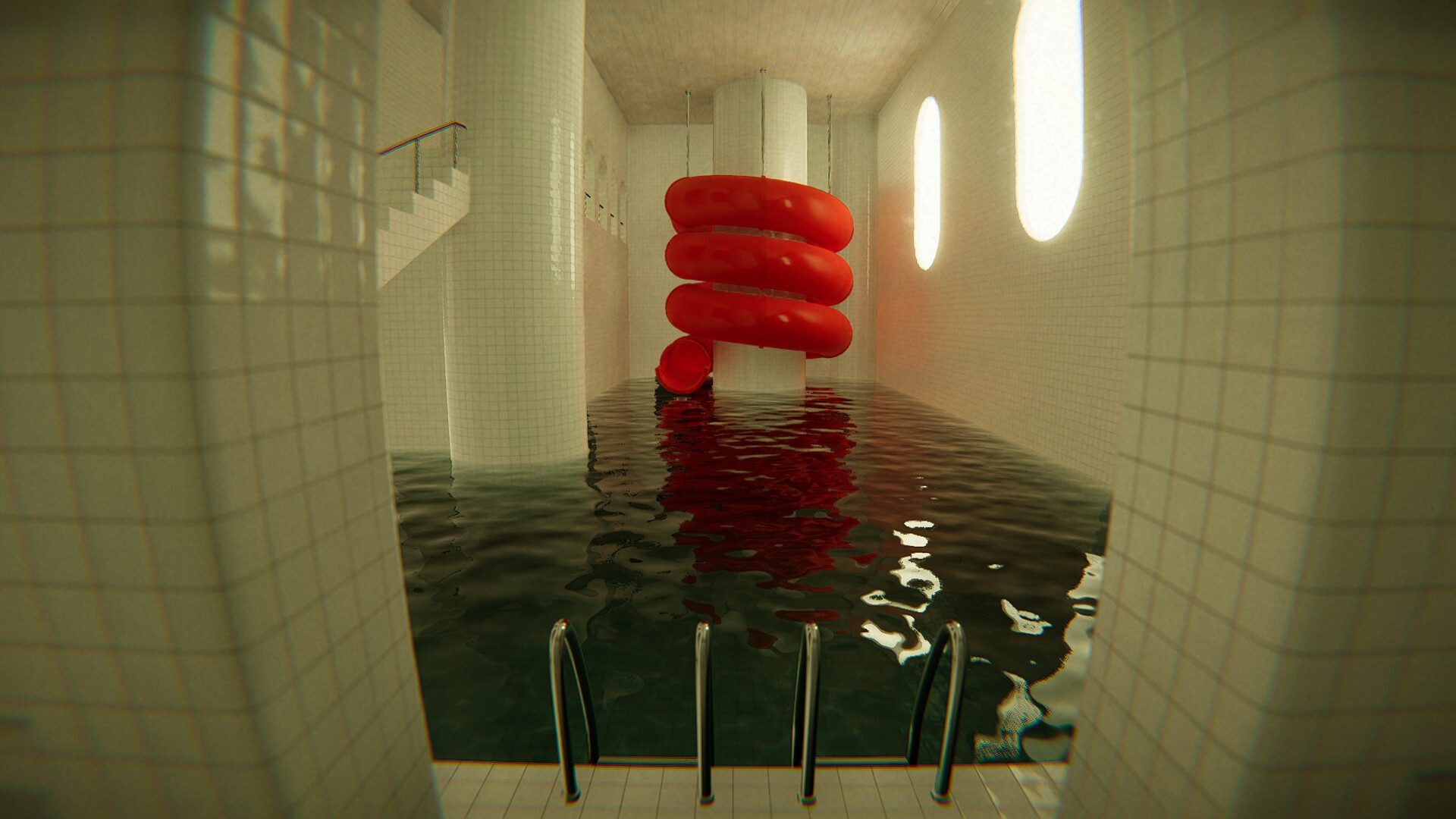A recent development has brought much excitement to the gaming community: a new script has been added to Valve’s SteamOS Gamescope compositor on GitHub, specifically tailored to the Asus ROG Ally and ROG Ally X. This update unlocks the full potential of the 48-120 Hz Variable Refresh Rate (VRR) range, enhancing the performance of these handheld gaming devices. This progression not only suggests a broader rollout of SteamOS for various PCs on the horizon—confirming Valve’s stated focus on other handhelds—but also underscores one of ROG Ally’s standout features.
For those who might not be well-versed with VRR technology, you might recognize it from the likes of G-Sync, which is Nvidia’s take, or AMD’s counterpart, FreeSync. At its core, VRR allows a display’s refresh rate to stay in harmony with a game’s or any 3D app’s frame rate. This coordination helps steer clear of any visual tearing, maintaining a fluid visual experience within the VRR’s range. Typically, most VRR-capable displays max out at around 40 Hz. Given the challenge of achieving a 120 Hz frequency on handhelds, the flexibility provided by the ROG Ally’s capabilities certainly stands out.
This update isn’t the only one pointing to SteamOS gearing up for action on the ROG Ally. Back in August, an input layer update was introduced, allowing SteamOS to recognize ROG Ally and ROG Ally X controls. This arrival was eight months after Valve’s statement emphasizing handhelds in its broader SteamOS release strategy. But with Valve’s unpredictable timelines, known famously as “Valve Time,” there’s no real knowing when all of this buzz will culminate in a solid release. However, since some community-created ports of SteamOS 3, like Bazzite and HoloISO, are already out there, Valve doesn’t really need to hurry its own development.
This VRR development puts the spotlight on Valve’s own Steam Deck handhelds. Even the Steam Deck OLED, with its HDR support and impressive brightness levels, lacks VRR capabilities. With VRR now part of SteamOS’ Gamescope for both external and competing internal displays, it might just nudge Valve to incorporate VRR into the much-anticipated Steam Deck 2, whenever that sees the light of day.














































